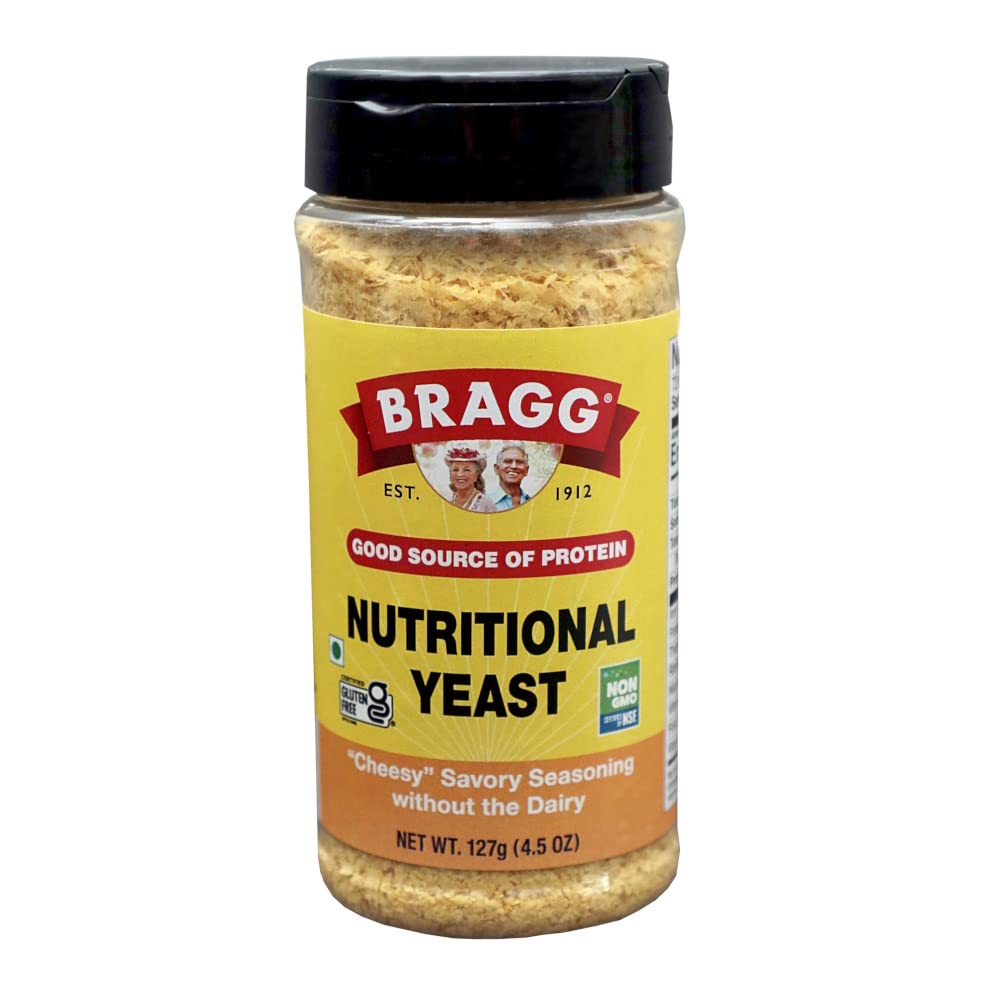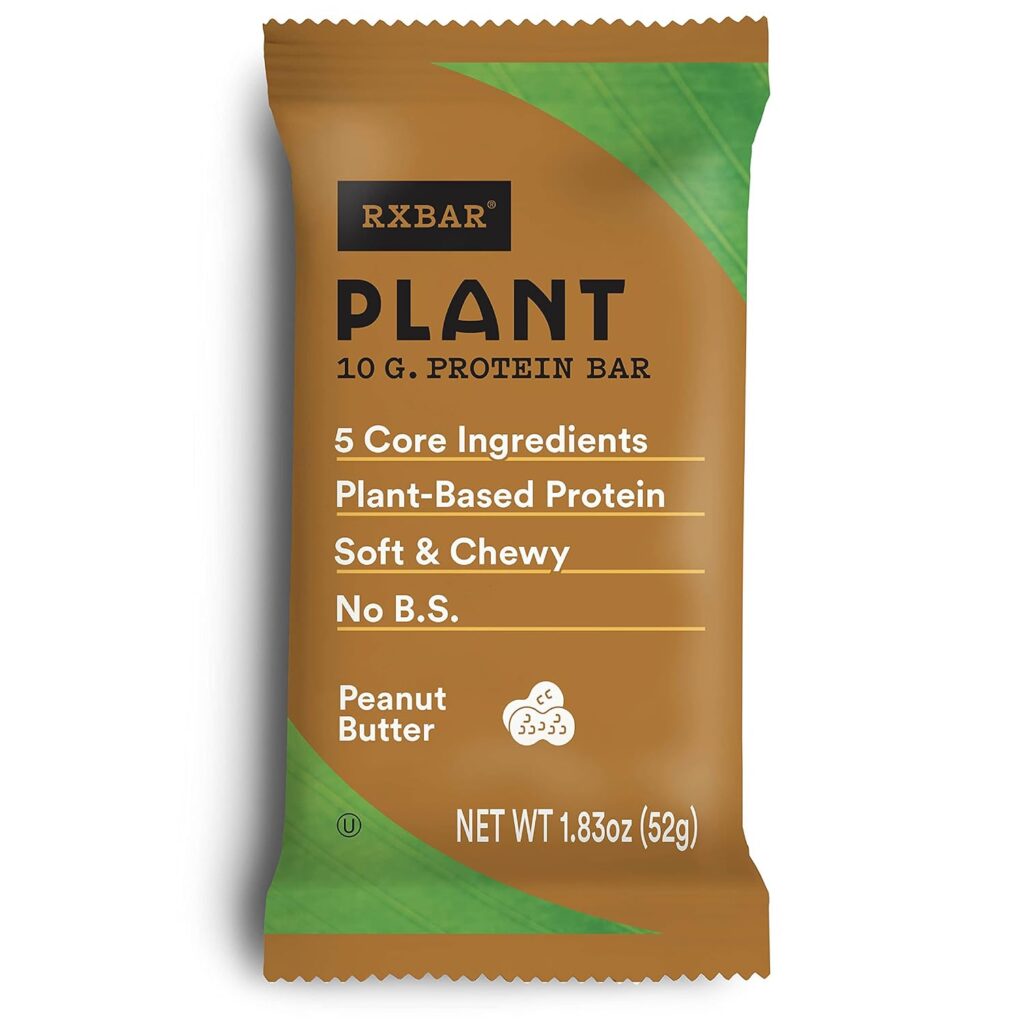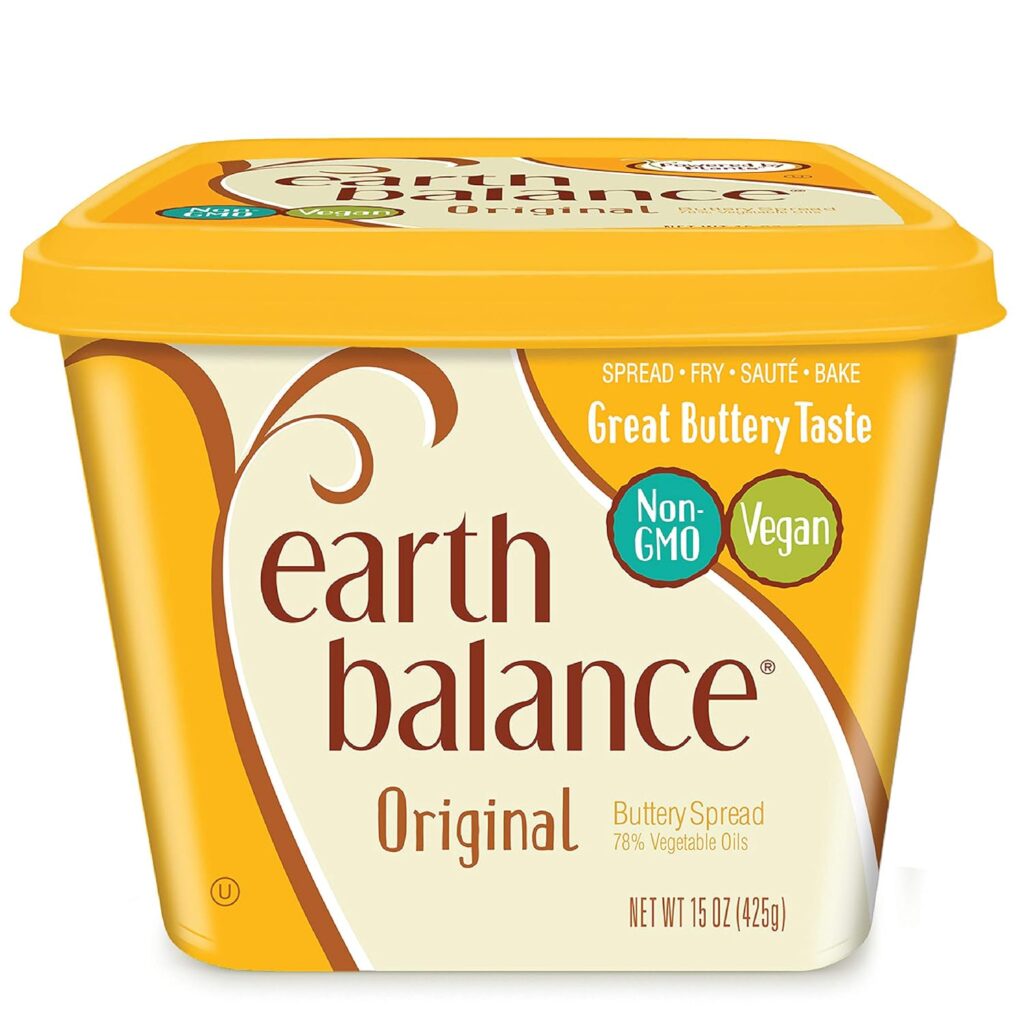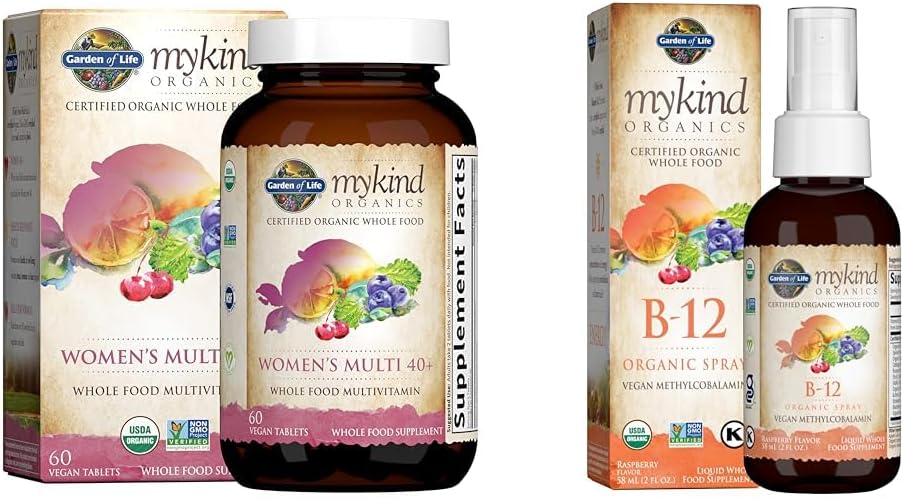Making the shift to a plant-based lifestyle is one of the best decisions you can make for your health, the environment, and animal welfare. Whether you’re aiming for full veganism or just want to eat more plant-based meals, transitioning doesn’t have to be overwhelming. With the right approach and some key essentials, you can make the switch seamlessly and enjoyably.
Why Go Plant-Based?
Before we dive into the practical steps, let’s talk about why so many people are choosing a plant-based lifestyle:
- Health Benefits: Research shows that plant-based diets can lower the risk of heart disease, type 2 diabetes, and certain cancers while improving digestion and overall energy levels.
- Sustainability: Eating plant-based reduces your carbon footprint, conserves water, and minimizes deforestation.
- Ethical Reasons: A plant-based diet reduces harm to animals and supports cruelty-free food systems.
Step 1: Start Slow and Find Your “Why”
Transitioning doesn’t have to be all or nothing. Start with one plant-based meal per day or commit to “Meatless Mondays.” Understanding your personal motivation will keep you inspired when challenges arise.
If you’re worried about getting enough protein, remember that plant-based options like lentils, tofu, quinoa, and chickpeas are packed with protein. Speaking of which, investing in a high-quality plant-based protein powder can help fill the gaps, especially if you’re active.
Recommended Product:
- Orgain Organic Plant-Based Protein Powder – Highly rated and available on Amazon with over 60,000 reviews, this protein powder is great for shakes, smoothies, or even oatmeal.
Step 2: Stock Your Pantry with Essentials
Having the right foods on hand makes it easier to stay on track. Here are some must-haves:
- Grains: Quinoa, brown rice, oats, and whole-wheat pasta
- Legumes: Lentils, chickpeas, black beans, and edamame
- Plant-Based Proteins: Tofu, tempeh, seitan, and veggie burgers
- Dairy Alternatives: Almond, oat, or soy milk, as well as dairy-free cheese and yogurt
- Healthy Fats: Avocados, nuts, seeds, and olive oil
- Seasonings & Sauces: Nutritional yeast (for a cheesy flavor), soy sauce, tahini, and herbs/spices
Recommended Product:
- Nutritional Yeast by Bragg – This powerhouse ingredient adds a cheesy, umami flavor to dishes and is packed with B12. Grab it on Amazon!

Step 3: Find Delicious and Easy Recipes
One of the biggest myths about plant-based eating is that it’s bland. But the reality? It can be bursting with flavor and variety! Try plant-based versions of your favorite meals:
- Breakfast: Oatmeal with almond butter, chia pudding, or a smoothie bowl
- Lunch: Chickpea salad sandwich, lentil soup, or a quinoa bowl
- Dinner: Stir-fried tofu with vegetables, vegan chili, or spaghetti with lentil bolognese
- Snacks: Hummus with veggies, almond butter on toast, or roasted chickpeas
Recommended Product:
- Vitamix 5200 Blender – Perfect for smoothies, soups, and homemade sauces, this top-rated blender has over 10,000 positive reviews on Amazon.
Step 4: Navigate Eating Out and Social Situations
Worried about eating out? Most restaurants now offer plant-based options, but if not, don’t hesitate to ask for modifications. When attending social gatherings, bring a delicious plant-based dish to share.
If you’re on the go, having plant-based snacks on hand can be a lifesaver.
Recommended Product:
- RXBAR Plant Protein Bars – A convenient, high-protein snack with clean ingredients. Find them on Amazon.

Step 5: Make Smart Swaps for a Seamless Transition
Rather than focusing on what you’re eliminating, think about the delicious alternatives you can add! Here are some easy swaps:
- Milk: Swap dairy milk for almond, soy, oat, or coconut milk
- Meat: Replace ground beef with lentils or textured vegetable protein (TVP)
- Cheese: Try cashew-based cheese spreads or nutritional yeast
- Eggs: Use flaxseeds or chia seeds as egg replacements in baking
- Butter: Opt for avocado, coconut oil, or vegan butter
Recommended Product:
- Earth Balance Vegan Butter – One of the best plant-based butter alternatives, available on Amazon.

Step 6: Supplement Where Necessary
While a well-balanced plant-based diet covers most nutritional needs, some people benefit from supplements, especially B12, iron, and omega-3s.
Recommended Product:
- Garden of Life Vitamin B12 Spray – A highly-rated vegan B12 supplement that supports energy levels. Get it on Amazon.

Step 7: Stay Inspired and Keep Learning
Transitioning to a plant-based lifestyle is a journey, and having the right resources makes all the difference. Follow plant-based influencers, join Facebook groups, or read books on vegan nutrition.
Recommended Product:
- “How Not to Die” by Dr. Michael Greger – A must-read book on the science behind plant-based nutrition, available on Amazon.
Step 8: Make It Fun and Enjoy the Journey
Remember, this isn’t about perfection—it’s about progress. Celebrate small victories, try new foods, and experiment with cooking. Making the transition should feel exciting, not restrictive!
